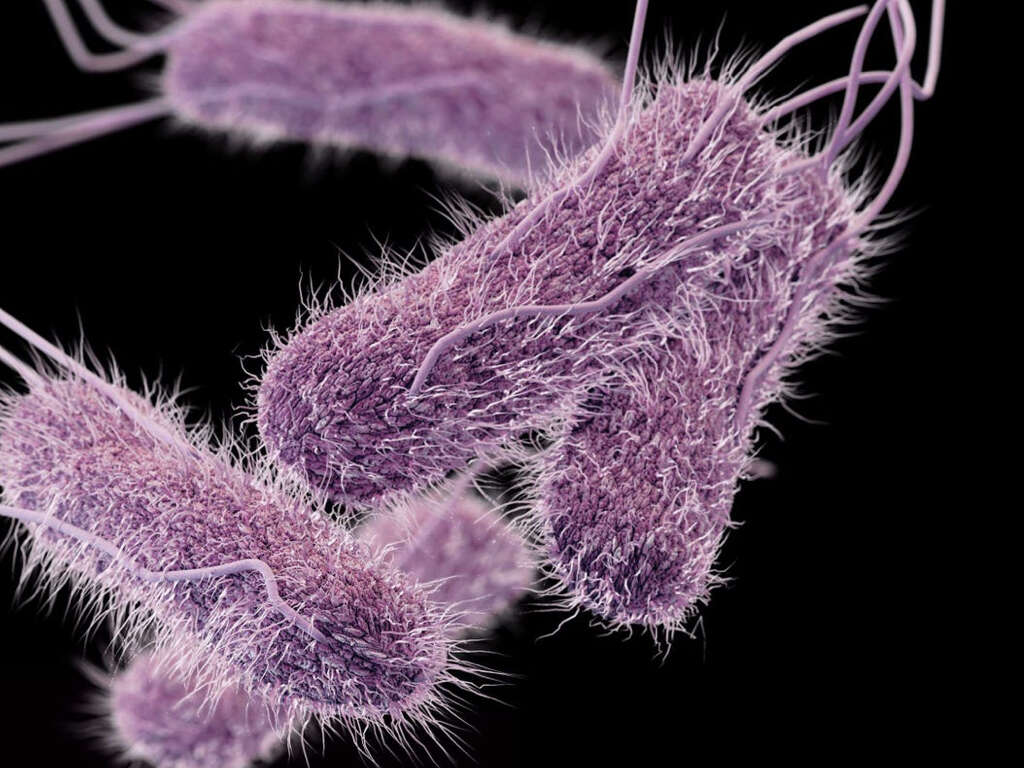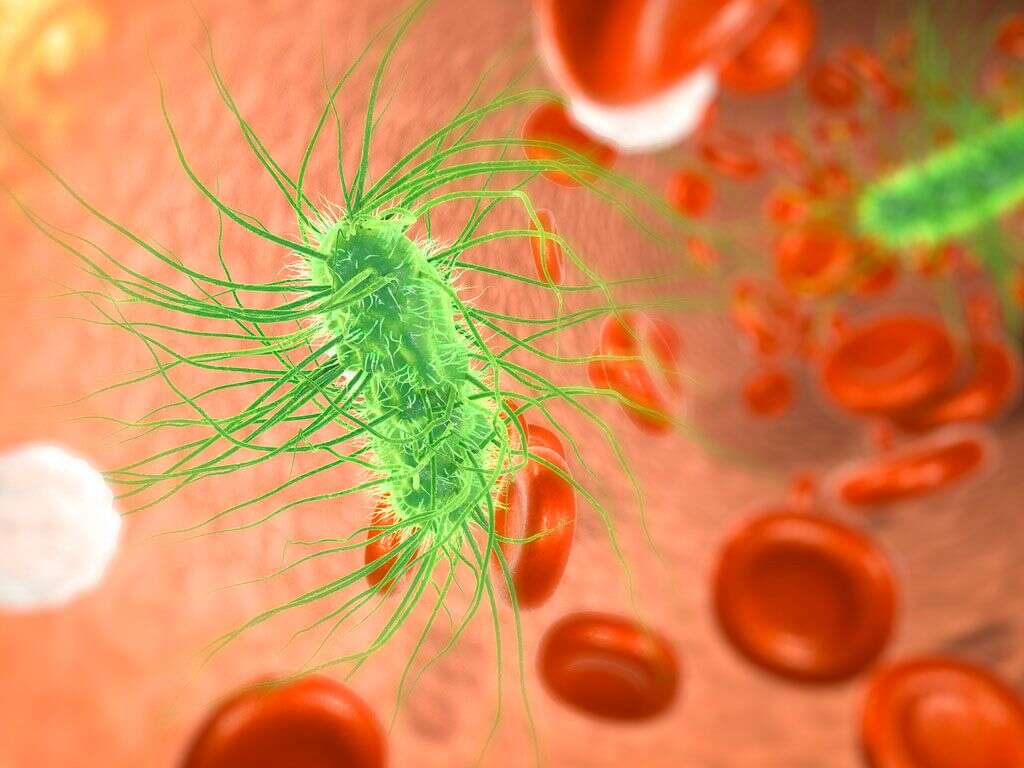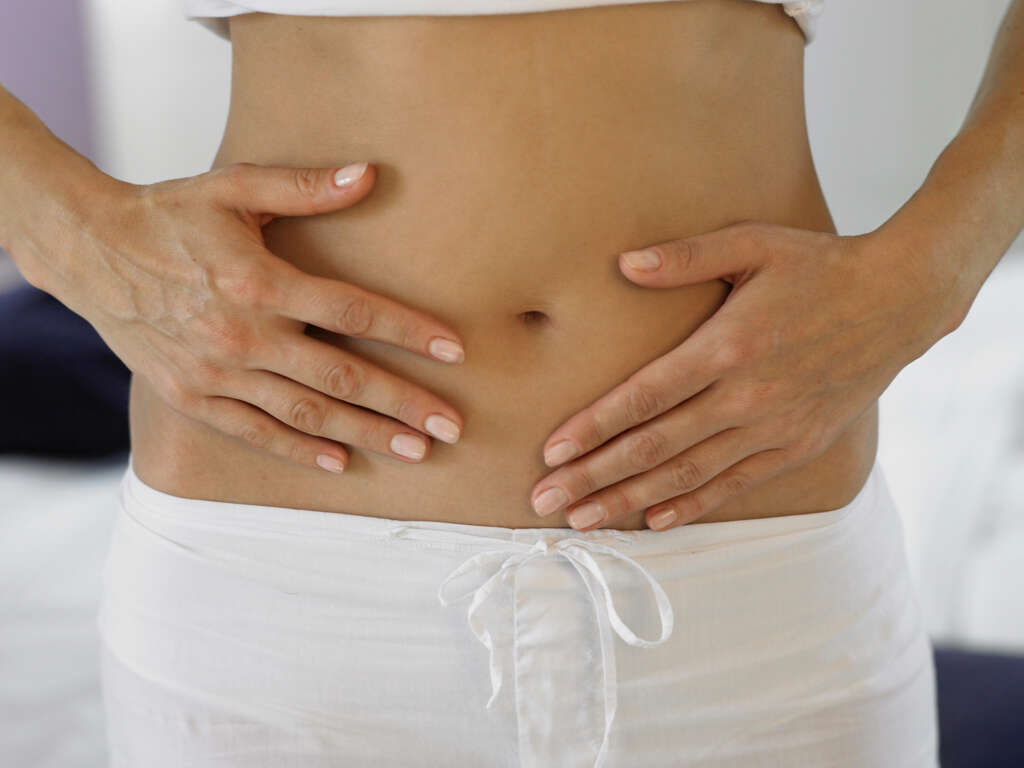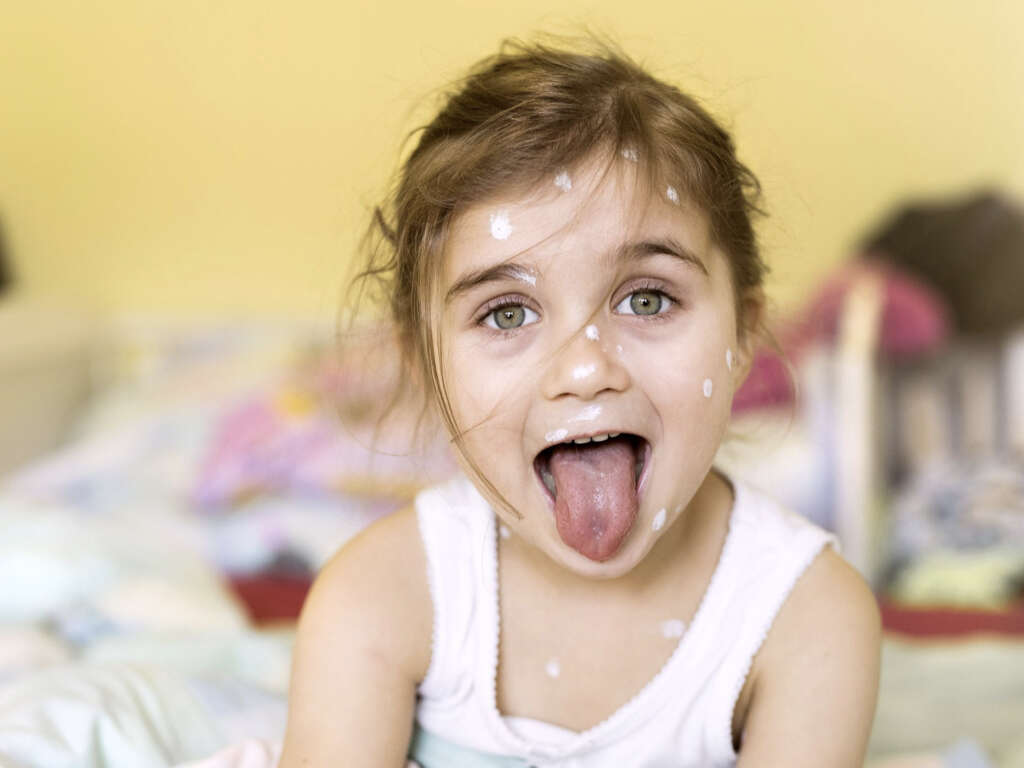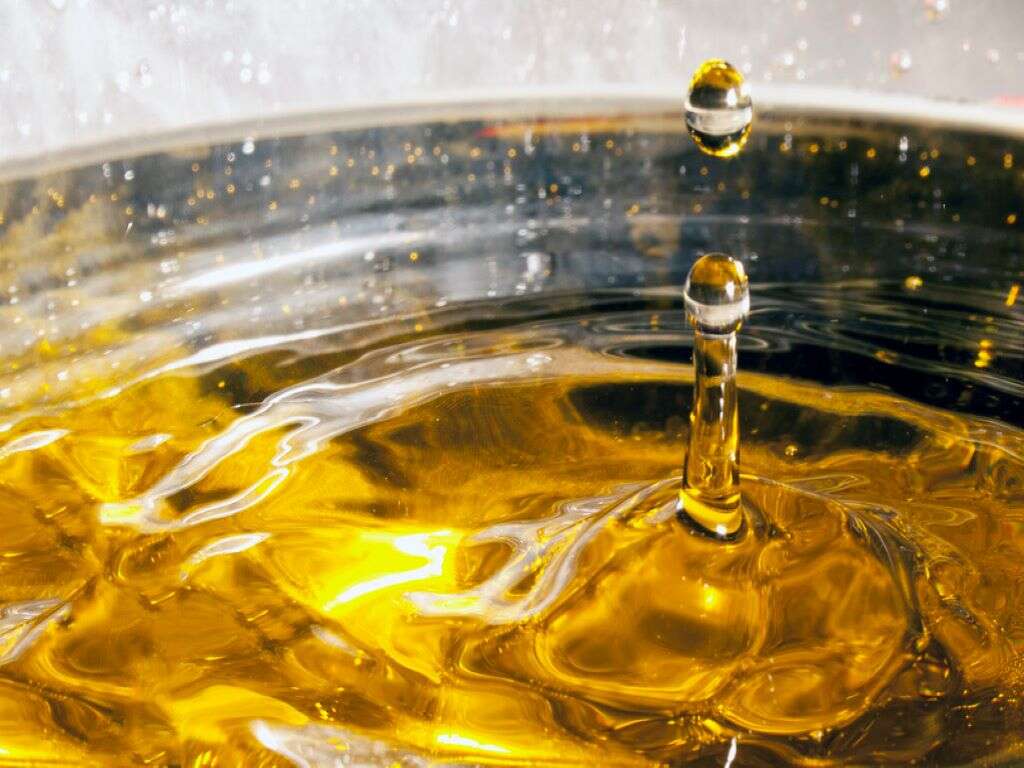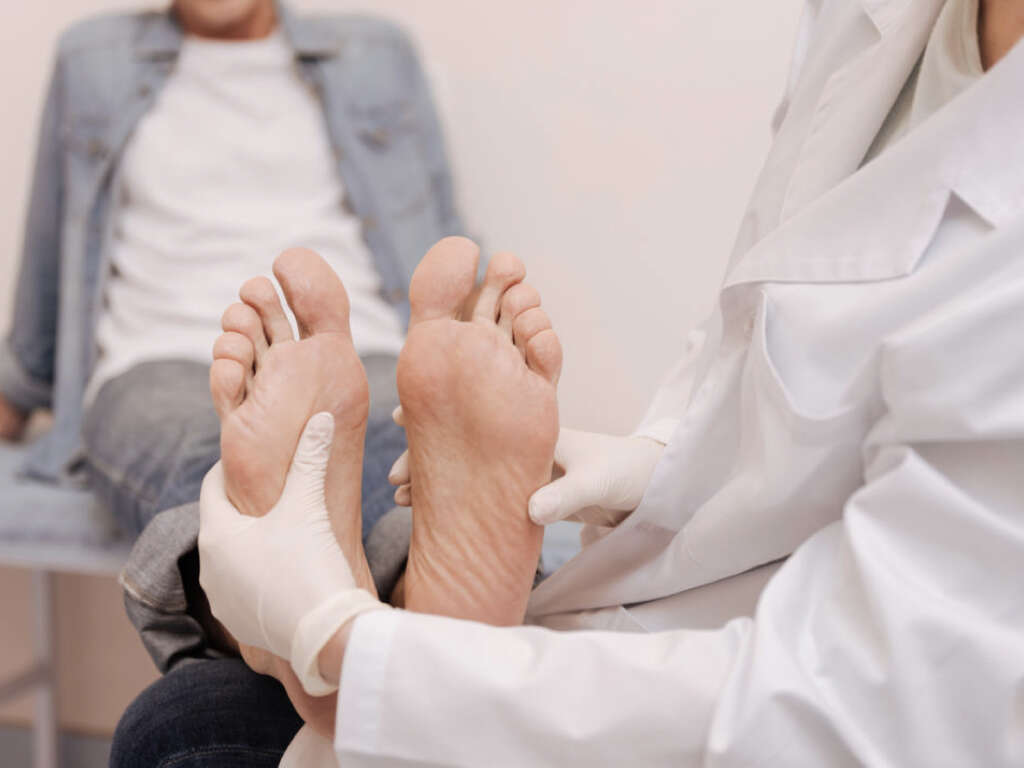10 Infantigo Symptoms
 Article Sources
Article Sources
- 1. 'Impetigo.' Nemours KidsHealth - the Web's Most Visited Site About Children's Health, kidshealth.org/en/parents/impetigo.html
- 2. 'Impetigo - Symptoms and Causes.' Mayo Clinic, 21 Apr. 2021, www.mayoclinic.org/diseases-conditions/impetigo/symptoms-causes/syc-20352352
- 3. 'Impetigo.' Nhs.uk, 19 Oct. 2017, www.nhs.uk/conditions/impetigo/#symptoms
- 4. 'Ecthyma: MedlinePlus Medical Encyclopedia.' MedlinePlus - Health Information from the National Library of Medicine, medlineplus.gov/ency/article/000864.htm
- 5. 'Cellulitis.' Nhs.uk, 19 Oct. 2017, www.nhs.uk/conditions/cellulitis/
Infantigo, also called impetigo, is a common schoolyard infection that's usually caused by staphylococci organisms. Children develop uncomfortable sores and patches on their skin that may last for several days and are highly contagious. Skin that's already irritated by insect bites, eczema or other small injuries may be more vulnerable to the bacteria.1‘Impetigo.’ Nemours KidsHealth - the Web’s Most Visited Site About Children’s Health, kidshealth.org/en/parents/impetigo.html
While infantigo is a common and generally harmless illness, there are multiple types. The mildest form may look unusual but will generally go away while the most severe could cause scarring and wider infection. Responding to more serious symptoms early could help prevent lasting damage to the skin.2‘Impetigo - Symptoms and Causes.’ Mayo Clinic, 21 Apr. 2021, www.mayoclinic.org/diseases-conditions/impetigo/symptoms-causes/syc-20352352
Red Sores
The common form of infantigo begins with small reddish sores. These sores are likely to form around the nose and mouth first, though they can also affect the arms, legs or buttocks. The reddish color may be more difficult to see initially in children who have darker skin tones.3‘Impetigo.’ Nhs.uk, 19 Oct. 2017, www.nhs.uk/conditions/impetigo/#symptoms
Sores from infantigo quickly burst. Fluid may ooze from the sores, leaving patches of wet, reddish skin around the child's mouth. This process may occur over a week to 10 days. Parents should call their doctor at the earliest signs of infantigo and keep their child home from school.2‘Impetigo - Symptoms and Causes.’ Mayo Clinic, 21 Apr. 2021, www.mayoclinic.org/diseases-conditions/impetigo/symptoms-causes/syc-20352352

Honey Colored Crust
As the wet patches on the skin dry, the infantigo may leave a tan or honey-colored crust where the sores were. They may look like corn flakes stuck to the child's skin.3‘Impetigo.’ Nhs.uk, 19 Oct. 2017, www.nhs.uk/conditions/impetigo/#symptoms
These honey-colored patches may be itchy or slightly sore. It is recommended to cut the child's nails short to prevent deep scratches and to keep the spots covered where possible by a sterile dressing. The child should take the full round of antibiotics prescribed, even if the crust goes away.2‘Impetigo - Symptoms and Causes.’ Mayo Clinic, 21 Apr. 2021, www.mayoclinic.org/diseases-conditions/impetigo/symptoms-causes/syc-20352352
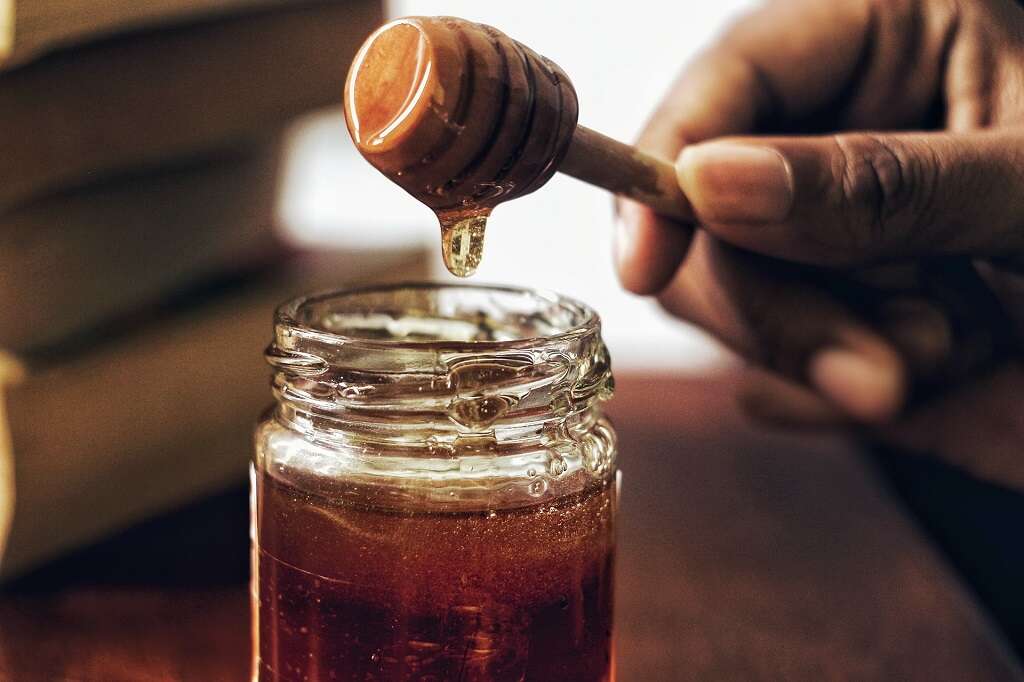
Spreading
Infantigo is prone to spreading across the child's body and from child to child. The bacteria can spread through touch or via towels and bedding from the face to the hands, hands to the diaper area, legs or anywhere else on the body.
To prevent spreading, it's recommended that bedding and towels of children with infantigo be washed daily in hot water if possible. Their contact with other children should be limited until a doctor says they are no longer contagious.2‘Impetigo - Symptoms and Causes.’ Mayo Clinic, 21 Apr. 2021, www.mayoclinic.org/diseases-conditions/impetigo/symptoms-causes/syc-20352352

Blisters
Commonly, a child will have non-bullous or crusted infantigo, the most mild form of the infection. If a child develops large blisters as opposed to smaller blisters or sores, they could have the bullous form.
Bullous infantigo features larger blisters filled with fluid that may begin clear and go cloudy. These blisters may not rupture as quickly as the type caused by crusted infantigo and the overall course of the infection could take longer. Still, bullous infantigo is not the most serious kind.1‘Impetigo.’ Nemours KidsHealth - the Web’s Most Visited Site About Children’s Health, kidshealth.org/en/parents/impetigo.html
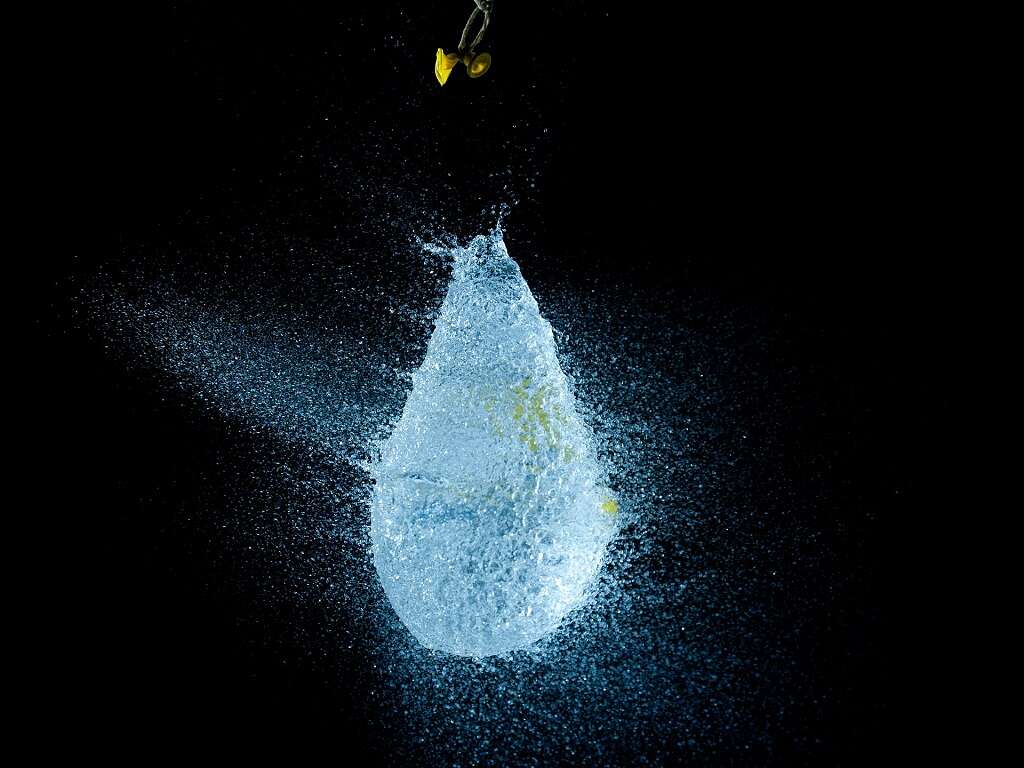
Red Border
Ecthyma, also called deep infantigo, is a similar infection that reaches more deeply into the skin. It may start similarly to the other types of infantigo, but it can produce more serious signs of infection and leave deeper marks in the skin.
One of the first signs of deep infantigo is that the blisters or red spots are surrounded by a layer of reddened skin. Parents who see this red border around their child's spots should discuss it with their doctor.4‘Ecthyma: MedlinePlus Medical Encyclopedia.’ MedlinePlus - Health Information from the National Library of Medicine, medlineplus.gov/ency/article/000864.htm
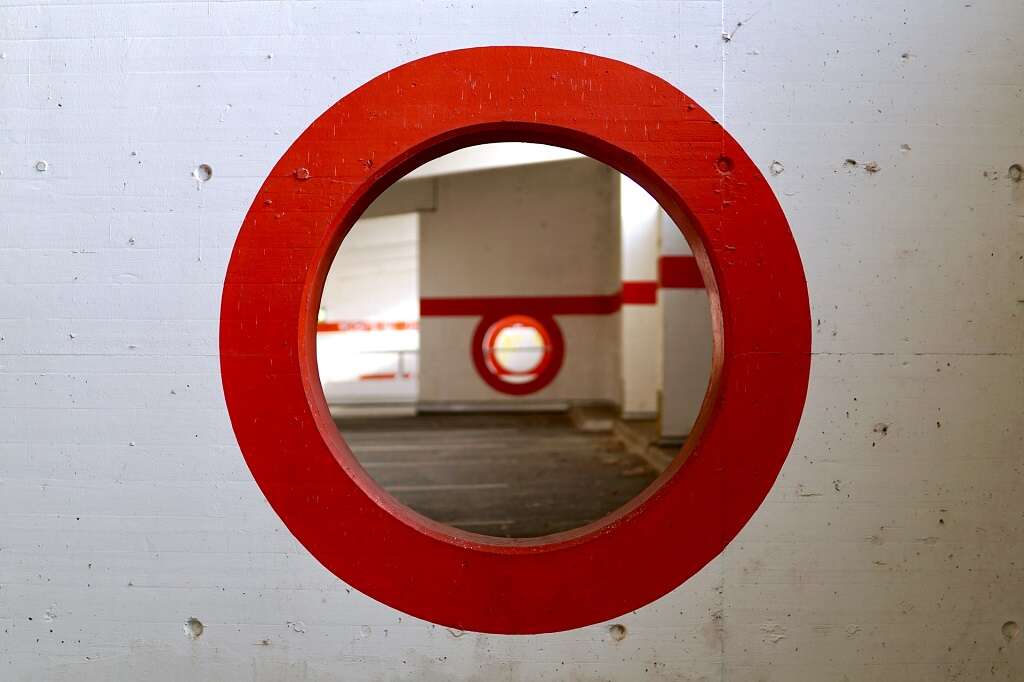
Pus
As deep infantigo develops, the blisters that form may be filled with pus instead of clear fluid. These sores may be more tender and swollen than with other types of infantigo.2‘Impetigo - Symptoms and Causes.’ Mayo Clinic, 21 Apr. 2021, www.mayoclinic.org/diseases-conditions/impetigo/symptoms-causes/syc-20352352
Sometimes it may be hard to tell if the fluid in a child's blisters is pus or not. Parents can seek the help of a doctor in identifying this symptom. A doctor may be able to evaluate the blisters by sight or take a sample of the fluid inside them.4‘Ecthyma: MedlinePlus Medical Encyclopedia.’ MedlinePlus - Health Information from the National Library of Medicine, medlineplus.gov/ency/article/000864.htm
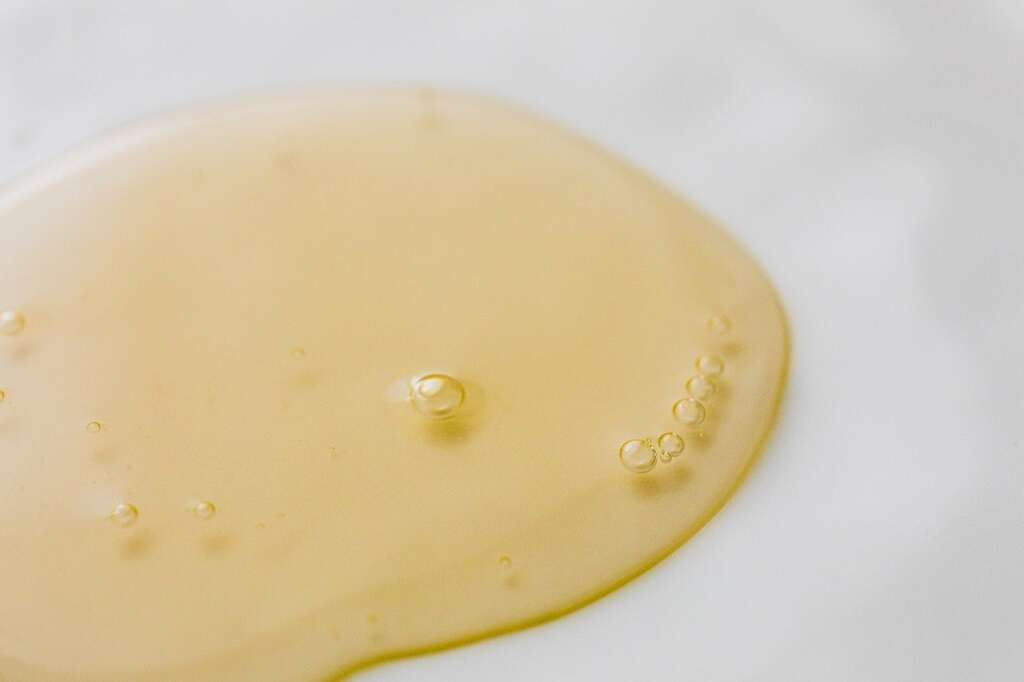
Pain
Discomfort is common with all types of infantigo. Crusts may be dry or tender, pulling on the child's skin. Children may avoid touching their blisters or scratch too deeply and leave their skin sore.
Monitoring pain and its severity can help parents identify more serious forms of infantigo. The sores of deep infantigo tend to be more painful than in the milder crusted or bullous forms. If the pain is severe or sharply increases, it's recommended to consult a doctor.2‘Impetigo - Symptoms and Causes.’ Mayo Clinic, 21 Apr. 2021, www.mayoclinic.org/diseases-conditions/impetigo/symptoms-causes/syc-20352352

Ulcers
Once the blisters from deep infantigo start to burst or fade, they will commonly be replaced by a deep ulcer. This can look like a punched out hole in the skin. The red border may still be represent and there will often be a yellow crust over the sores.1‘Impetigo.’ Nemours KidsHealth - the Web’s Most Visited Site About Children’s Health, kidshealth.org/en/parents/impetigo.html
A warm wet cloth or antiseptic soap may help speed healing. The ulcers caused by deep infantigo are more serious. They reach more deeply into the skin and can cause permanent damage. 4‘Ecthyma: MedlinePlus Medical Encyclopedia.’ MedlinePlus - Health Information from the National Library of Medicine, medlineplus.gov/ency/article/000864.htm
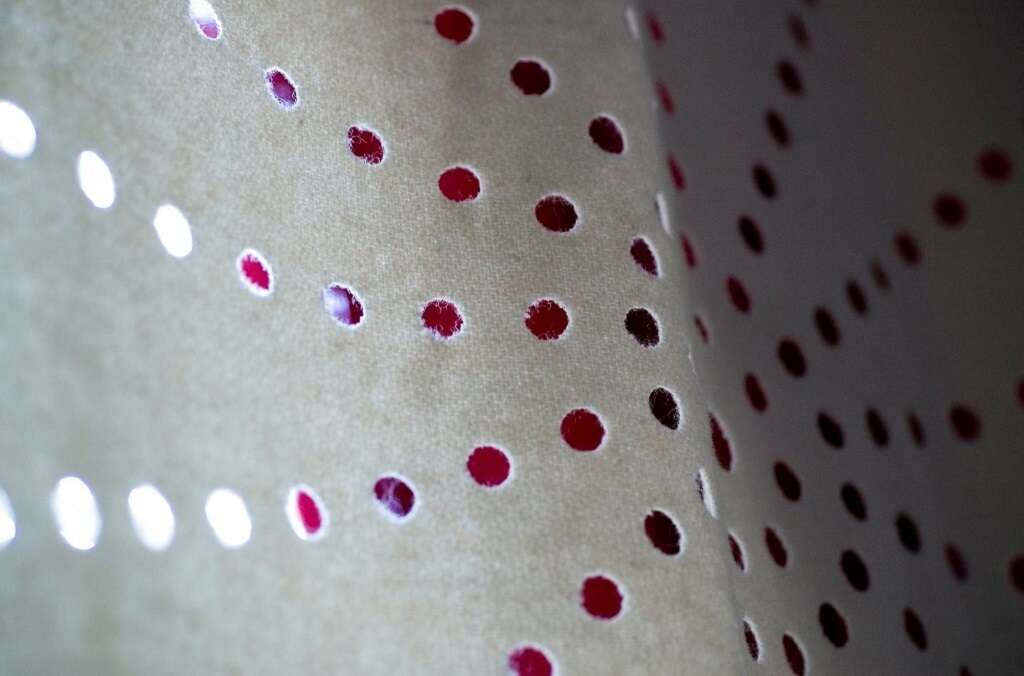
Scarring
In many cases, infantigo fades without leaving lasting marks on the skin. Ecthyma, because it reaches deeper into the skin than the other types of infantigo, is more likely to leave scars.
Not every case of deep infantigo involves scarring. It's not possible to completely avoid scars, but there are some things parents can do to help prevent them. Restricting the child from picking at or scratching the ulcers and getting early treatment can help avoid further skin damage.4‘Ecthyma: MedlinePlus Medical Encyclopedia.’ MedlinePlus - Health Information from the National Library of Medicine, medlineplus.gov/ency/article/000864.htm
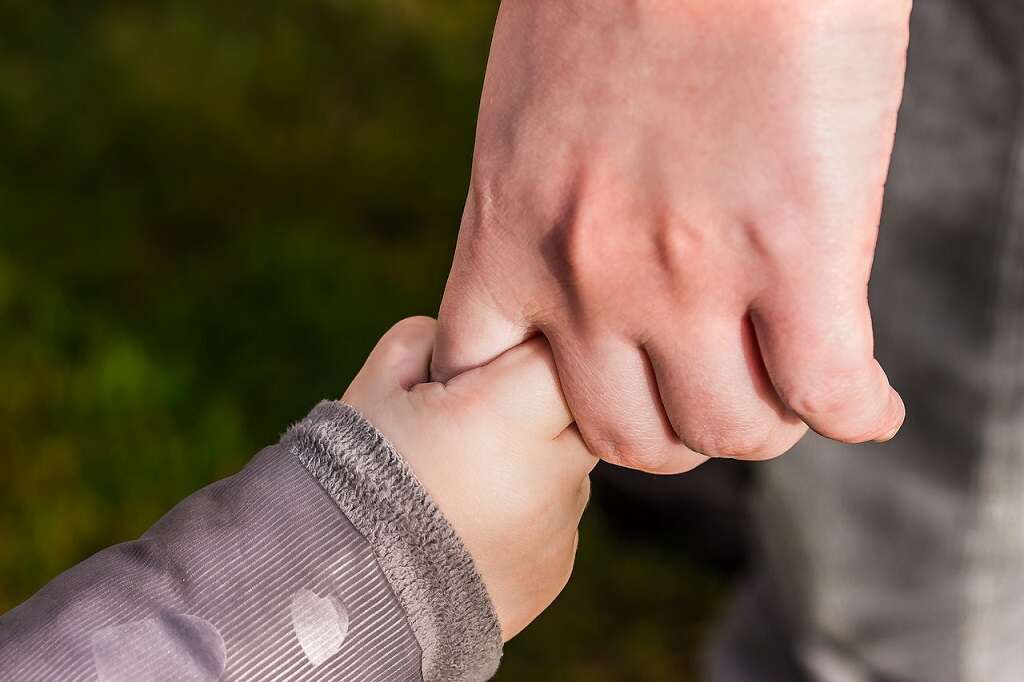
Hot, Swollen Skin
In rare cases, infantigo can come with a complication called cellulitis. The infantigo infection spreads to the tissues under the skin, causing widespread redness, swelling and pain.2‘Impetigo - Symptoms and Causes.’ Mayo Clinic, 21 Apr. 2021, www.mayoclinic.org/diseases-conditions/impetigo/symptoms-causes/syc-20352352 The skin affected by cellulitis may be hot to the touch and stretched.
Cellulitis can be serious and requires antibiotics and even hospital treatment in some severe cases. If a child with infantigo starts to develop hot, swollen skin on any area of their body, parents should consult their doctor as soon as possible.5‘Cellulitis.’ Nhs.uk, 19 Oct. 2017, www.nhs.uk/conditions/cellulitis/





